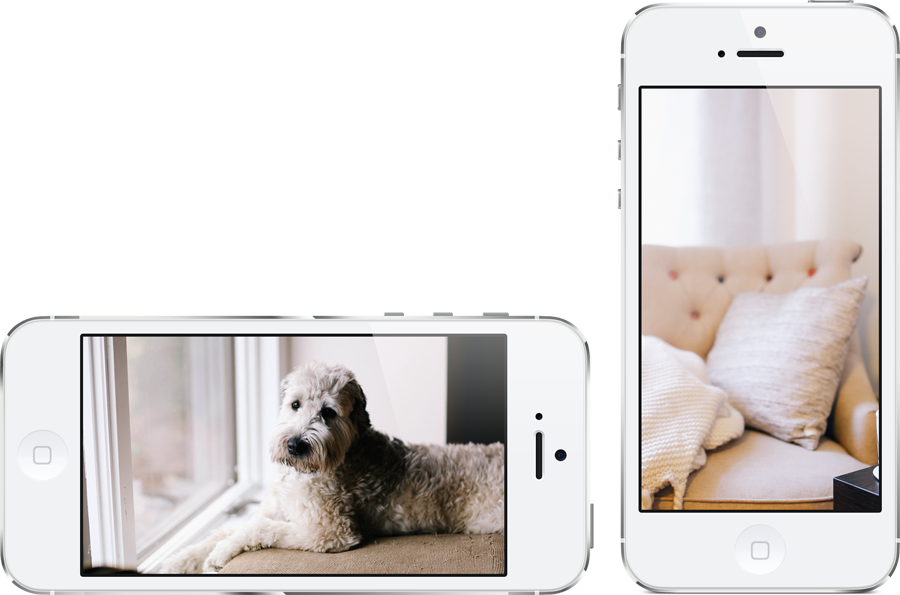TAGS

As technology advances autonomous cars, manufacturers are wondering how safe should be vehicles to circulate on the streets and highways.
Companies like Google, Mercedes-Benz and Audi are testing cars in some cities to determine whether they are safer than those driven by humans. They must also decide what level of risk is acceptable to regulators and potentially skeptical public.
human error
Government statistics indicate that in the United States, human error is responsible for 94% of the 33,000 deaths in accidents each year. Autonomous vehicles not seasick, not drink or be distracted, so, in theory, could eliminate many of those mistakes and save countless lives.
A recent incident between an autonomous Lexus Google and a bus, however, revealed that the cars without driver can also make mistakes.
“You can not expect any solution all technology, perfect all the time,” says Raj Rajkumar, a professor of computer engineering at Carnegie Mellon University who led investigations of autonomous vehicles for 15 years. “We live in a very uncertain world, in which many things can happen.”
Thus there is the possibility that both regulators and passengers have to get used to the idea that autonomous vehicles will significantly reduce the number of fatal accidents, saving thousands of lives, but are not infallible and could be involved in such episodes.
“The autonomous vehicles should be concerned,” said Bryant Walker Smith, a law professor at the University of South Carolina who studies this technology. “But today’s drivers should terrify us.”
Google technology
Google is testing a fleet of 56 autonomous cars on the streets of Mountain View, California; Austin, Texas, and Kirkland, Washington. The vehicles have been handled alone nearly 1.5 million miles (2.4 million kilometers), with a person in the passenger seat. The company uses simulators to create a number of scenarios. Other companies such as Nissan, the manufacturer Cruise Automation and software suppliers Bosch and Delphi auto parts also tested on public roads in cities such as San Francisco, Las Vegas and Pittsburgh.
Chris Urmson, program director of autonomous cars Google, wrote in January that in the last two years, humans took control of the car on 13 occasions when the car was about to hit something. But it noted that human intervention is steady decrease.
In the collision with the bus, Google admitted for the first time his car was at least partially responsible. The computer and the human thought the bus would give way, but went and crashed the car sideways. Google said it updated its software.
In a dozen crashes on city streets, Google blamed human error for drivers of the other vehicle.
Google hopes to offer autonomous cars to the public by the end of 2019, if it considers that they are ready for use.
surveys
First, however, you must overcome public distrust. A AAA survey conducted in January indicated that three out of four US drivers are “afraid” of travel in an autonomous car.
Studies at the University of Michigan yielded similar results in Japan, China, India and elsewhere.
The authorities could also appear reluctant to approve these vehicles.
“No mayor will want to be the first defendant for the death of a person at the hands of a robot,” said Adam Jonas, an analyst at Morgan Stanley. (I)

.
